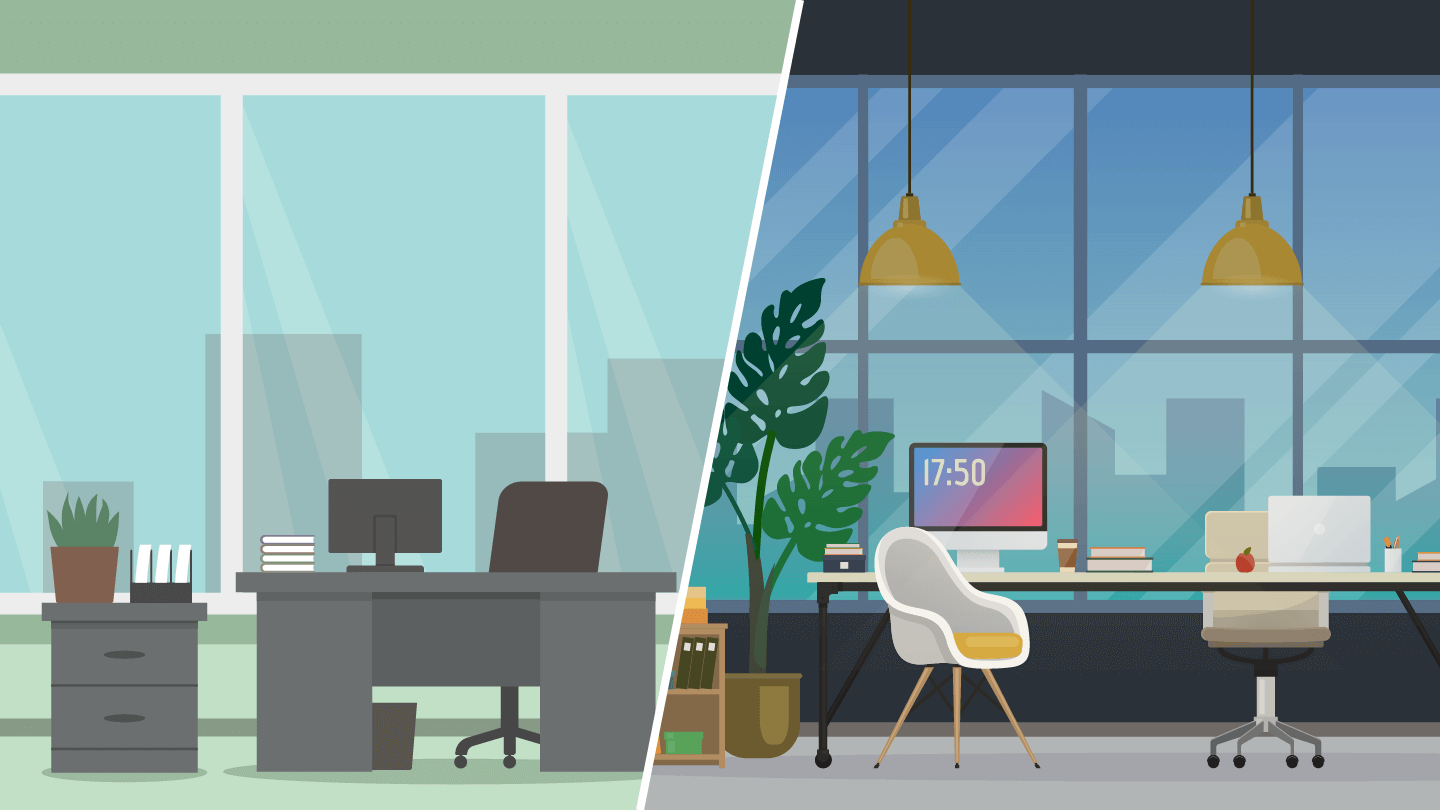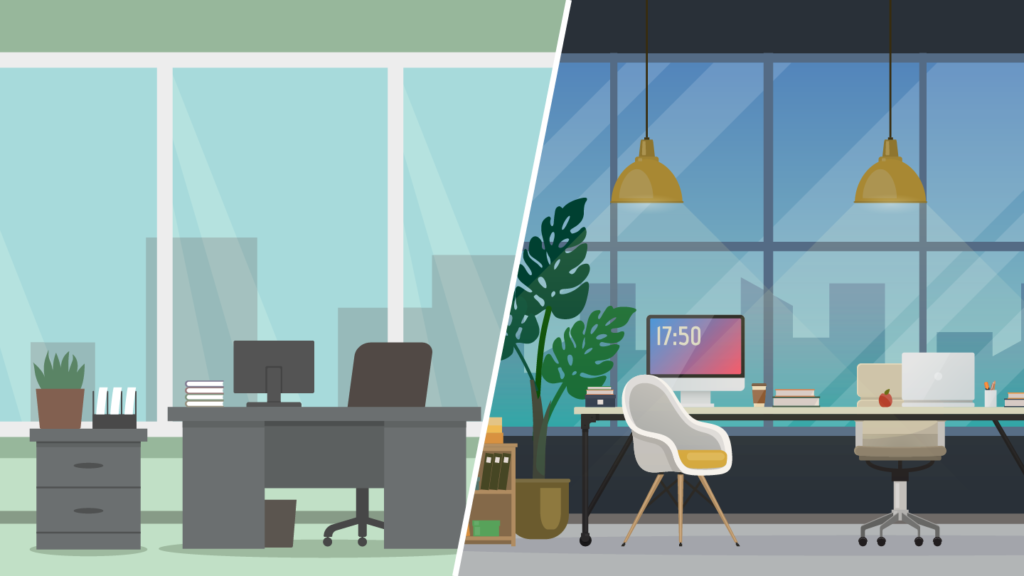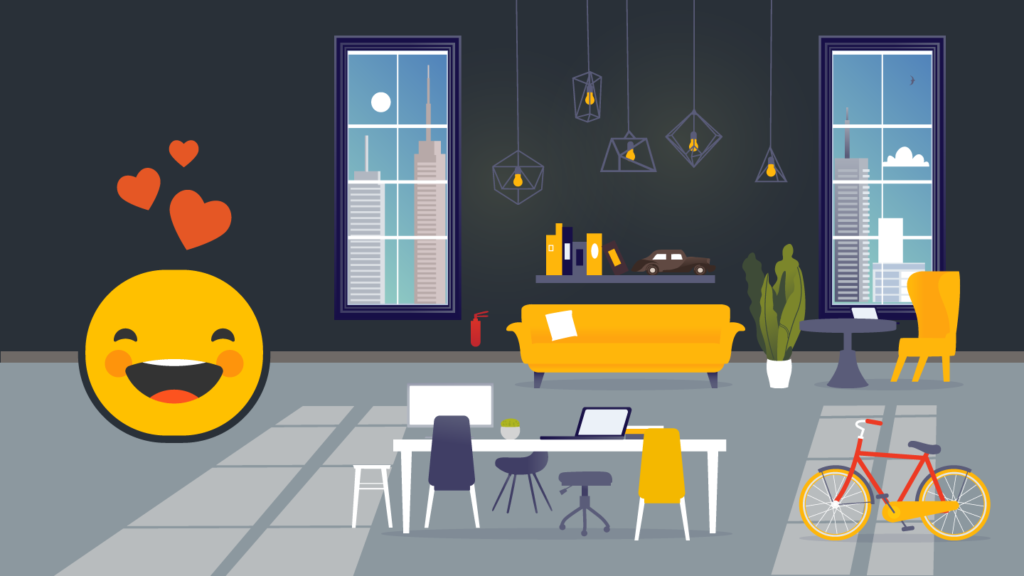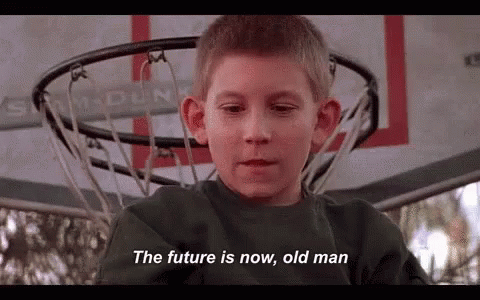Meetings are a drag. Raise your hand if you have ever:
- Spent more than 10 minutes looking for an available meeting room
- Seen a large conference room used by just 1 or 2 people
- Avoided using an empty room because it showed up as booked in your calendar
These are more than just office annoyances. In aggregate, they create massive inefficiencies and waste in the workplace. Employees waste up to 27 hours a year looking for a place to meet—and 45% don’t have access to the space they need when they need it.
The cause? There’s no easy way to know how employees use conference rooms relative to what they book in their workplace calendaring app. Without accurate data on how meeting rooms are used, it’s almost impossible to create an environment where employees make choices that result in efficient space use.
With all this said, we’re excited to announce new workplace app integrations designed to take the drag out of meetings. You can now integrate your Density dashboard with data from the major calendaring and room-booking apps—including Microsoft Outlook 365, Google Calendar, Teem and Robin. Here’s a peek at the types of insight you gain with these new capabilities.
Measure meeting attendance by room
With Density’s data, you gain an accurate view into how each room is actually used. It’s easy to identify, say, large rooms that are chronically used by just a few people.
Here’s a look at Hopper, a 12-person conference rooms at our headquarters in San Francisco. The chart below comes from Density’s sensor data, which displays the number of people who physically showed up in the room for the meetings during this time period. Clearly, this room was being massively underutilized.
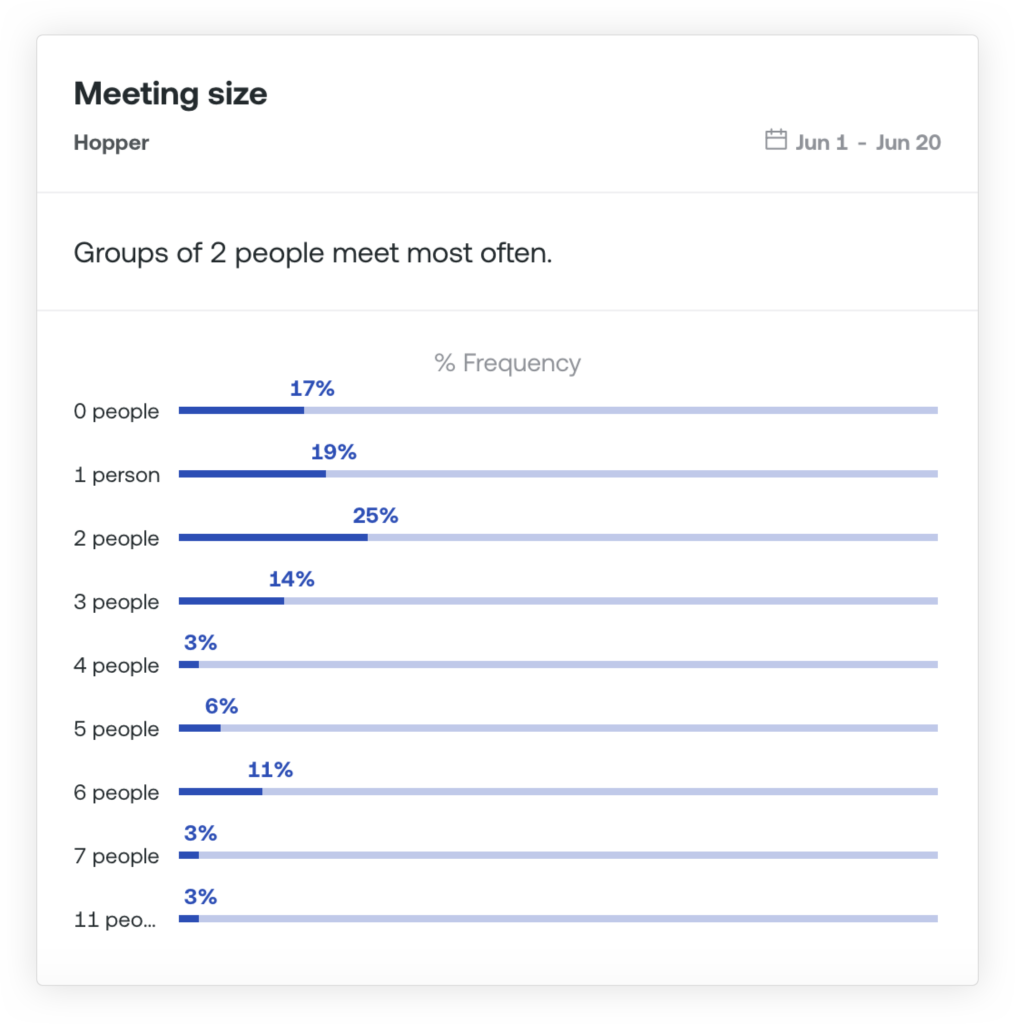
Since 61% of meetings had 2 people or fewer, we’re now considering converting this room into a flex space. One option we have: we could boost utilization by matching the room’s configuration to actual meeting sizes, for example by adding dividers and making some updates to the room’s furniture, fixtures and equipment (FF&E).
Measure utilization vs. bookings
With the rise of remote work, it’s not uncommon to see meetings where many attendees dial in. Combining your calendar and booking data with Density, you’re able to see how many of the attendees actually showed up in the booked room.
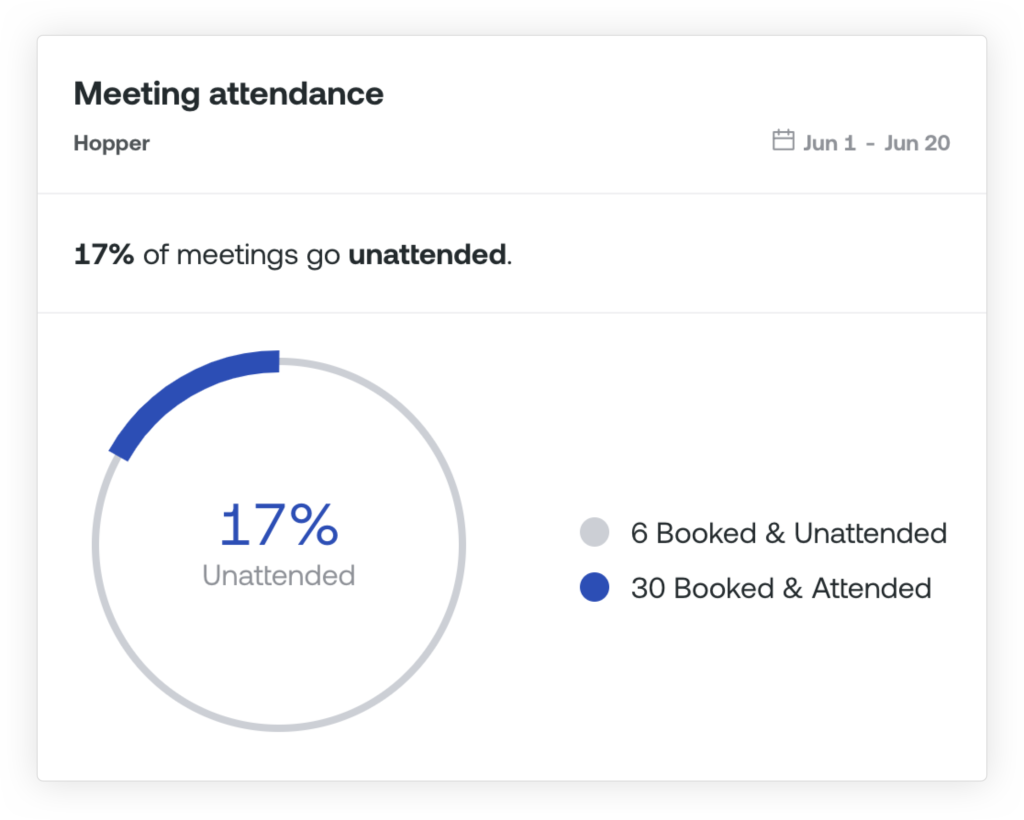
Identify bad booking behavior
As any workplace team will tell you, a lot of their job involves designing spaces and programs that create happier, more efficient spaces for employees. In the case of meeting rooms, this often means getting people to change their behavior.
Take Density’s head of sales, for instance. For a time, he was notorious for booking a large, 12-person conference room for himself only. Even worse, he often no showed on his meetings because he was on the road or working remotely. How do we know?* The data doesn’t lie:
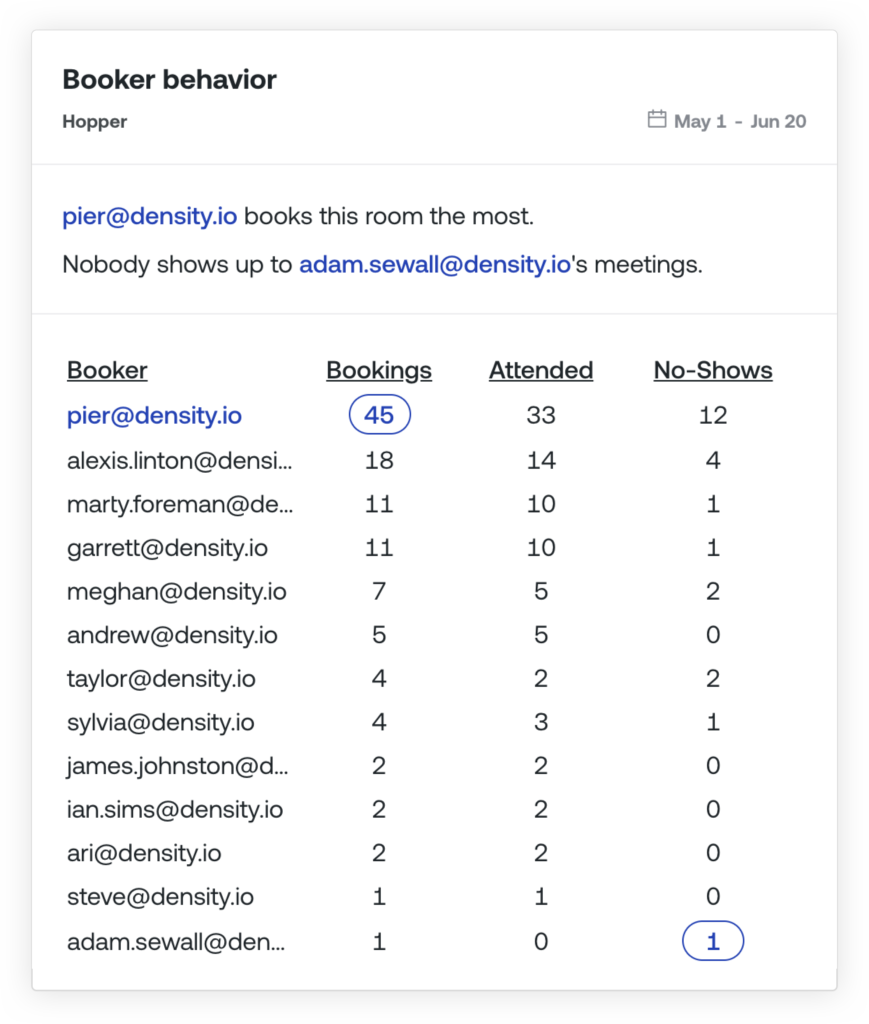
Our workplace team shared this data with him, in a manner consistent with our workplace guidelines. A week later, he was taking calls almost exclusively in one of our phone booths.
Identify where Zombie meetings happen
One of the biggest drags on workplace efficiency is empty spaces that could be otherwise used by employees. A zombie meeting is one where a room is booked but no one shows up. It’s almost impossible to beat zombie meetings without data—even if you’re able to chase them down, employees will invariably deny they’re the culprit. With the right data, however, beating zombie meetings becomes low hanging fruit for increasing workplace efficiency.

If you’re a Density customer who’s interested in trying one of the new integrations, visit our Help Center for easy, step-by-step setup instructions. Or, chat with your Customer Success Manager.
*At Density, we pride ourselves on protecting the privacy of our customers, and their occupants and users. (See Trust at Density.) In some cases, combining Density’s anonymous sensor data with information from other systems unlocks new capabilities. In these cases, we do not retain any personally identifiable information (PII) from these systems. With these workplace integrations, for instance, Density’s dashboard fetches booking data and displays it in the UI in real time. The data is never stored on Density’s cloud service.

